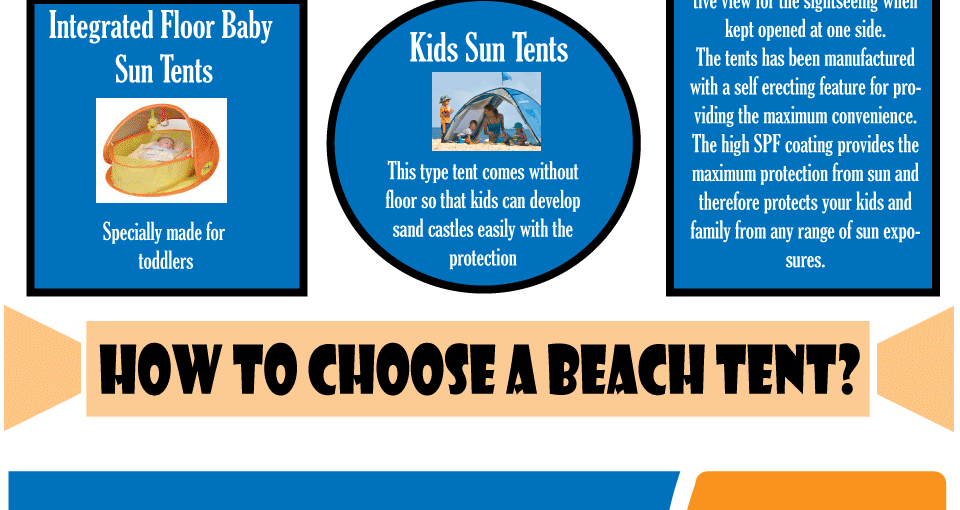Interior framework backpacks are sleek, form-fitting, and stable for rugged trails. They work well for men that require dexterity and equilibrium, however aren't necessarily thinking about heavy loads or cooler backs.
The space in between the pack and your body enables air to flow, maintaining you cool on warm summer season hikes or laborious climbs up. Their slimmer account also reduces the opportunity of catching on brush, branches, or cliff.
Convenience
It utilized to be that outside structure packs were the mark of a daring spirit - you 'd see young travelers travelling throughout continents and skilled thru-hikers lifting their giant backpacks high on their shoulders, foam sleeping pads and finest treking boots lashed to their metal frameworks. Yet given that the advent of internal framework packs, which utilize concealed frameworks that contour versus your back, the majority of walkers have surrendered their classic externals for something a little lighter and more compact.
Internals are streamlined and form-fitting, that makes them secure on sturdy routes and extra comfy when you're clambering off-trail. They also hold the weight closer to your body, directing it down your spine for better ergonomics. That said, internals can still feel bulky, specifically when you're loaded up with camping gear. Fortunately, modern internals range from ultralight to deluxe designs with plenty of usable pockets and locations for attaching equipment. They additionally often tend to have a void in between the structure and pack bag that boosts ventilation.
Stability
Typically speaking, internal frame knapsacks fit well versus your back, which maintains your center of mass better to your body's natural position. This allows you to move your weight around without changing your frame or pack position way too much-- a significant advantage for rushing and other activities where your center of gravity adjustments regularly.
They also often tend to be a rain gear lot more steady when compared to exterior structures, which can sway and shift under hefty tons. Furthermore, they're simpler to strap equipment straight onto, which is a substantial plus when you're bushwhacking and may encounter sharp rocks or branches that can or else snag your pack.
In movie, supervisors commonly utilize a technique called inner framing to enclose and stress a topic. Using elements like doors, home windows, and passages, filmmakers can evoke a feeling of isolation or confinement, including rich psychological subtlety to a scene. As a matter of fact, some of one of the most famous scenes in Alfred Hitchcock and Stanley Kubrick films make use of interior framing strategies to increase suspense and stress.
Ventilation
When it comes to air flow, your structure product can have a huge impact on your home's air movement. We have a tendency to focus a whole lot on insulation and sturdiness, but the structure style plays equally as crucial of a role in just how well your windows and doors take a breath.
Interior framework rucksacks came onto the market in the 1970s, and they ended up being popular as a result of their formfitting nature, which guided the load better to the body. This allowed for better stability on a walk and boosted comfort designs as it enables the pack to ride even more upright on the back and hips, instead of off the shoulders.
However, these packs likewise have the drawback of less air flow as they hug your back, which can result in perspiring shoulders and torso on warm days. Ventilated knapsacks like those made by zpacks, mld, and gossamer gear use some relief from this problem, but they're normally 2 or 3 times heavier than their non-ventilated equivalents.
Weight
A couple of decades earlier, it was common to see square external framework knapsacks hanging on the wall surface of your local gear store. Yet today, the sleeker inner frame knapsacks are ruling the trails.
They're sleeker and form-fitting, so they hold the pack better to the body. This aids stabilize the tons on sturdy terrain and while clambering off-trail. It also makes it less most likely that you'll grab your pack on a bush, branch or cliff.
The tighter fit, however, reduces airflow between your back and the pack. This can warm you up throughout summer walkings. And while renovations in design have actually made them lighter, the inflexible frame of an outside structure pack might wear down your shoulder straps and hipbelt quicker than a shock absorber with an integrated framework.
